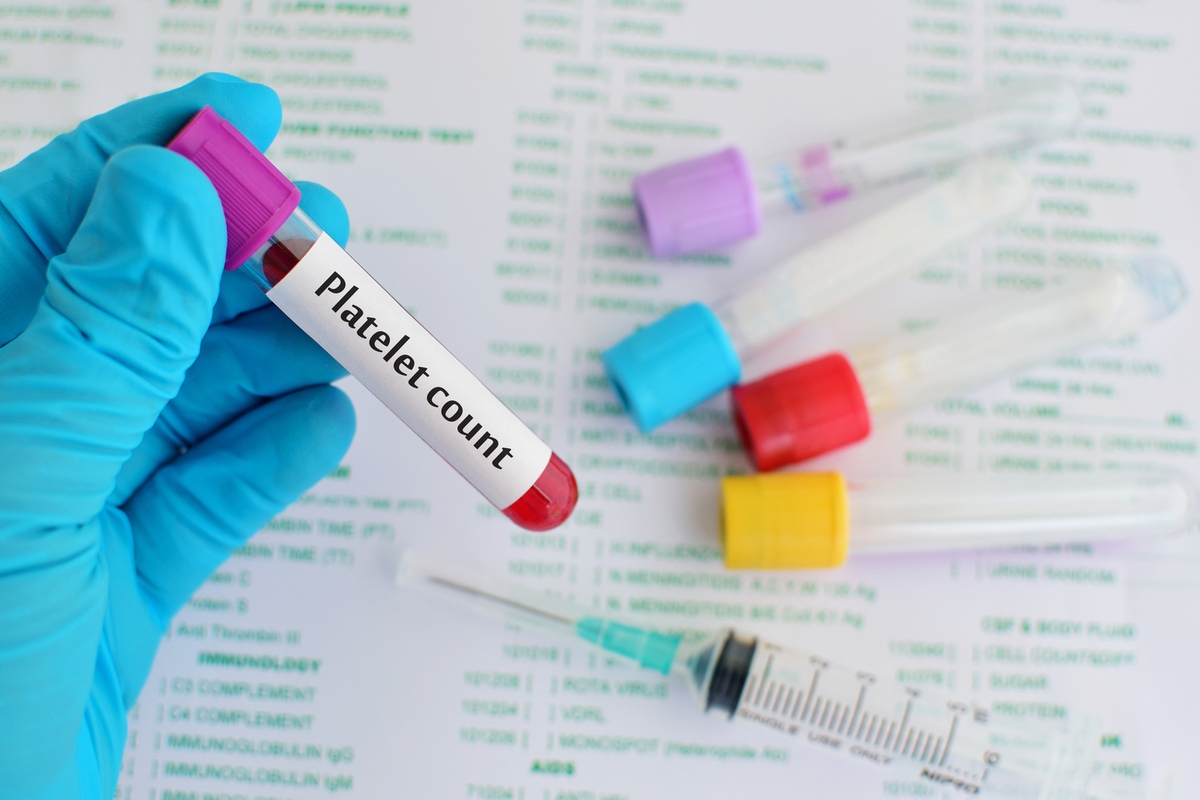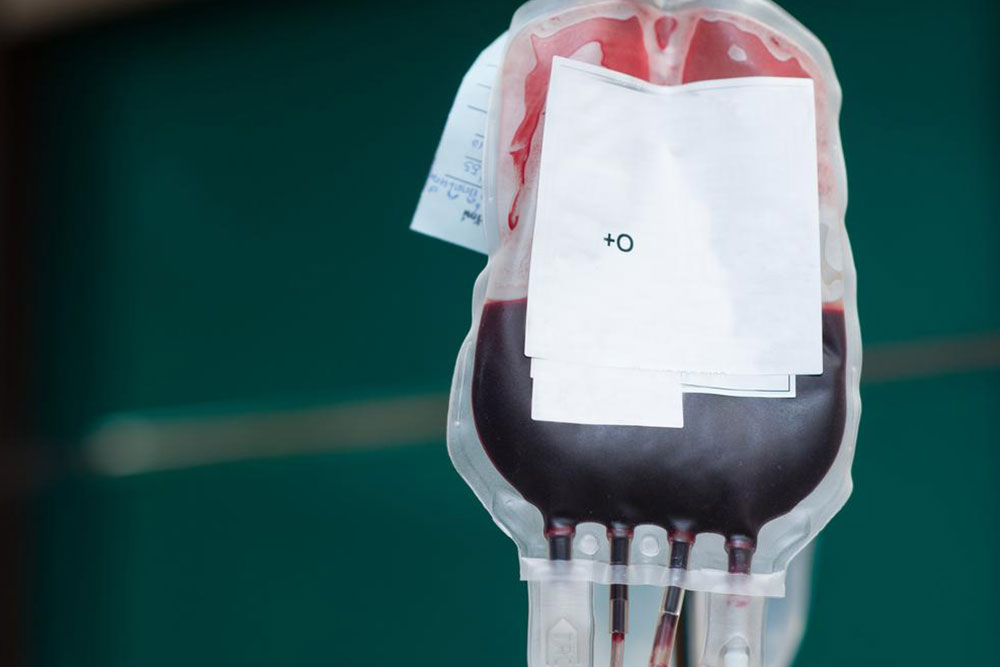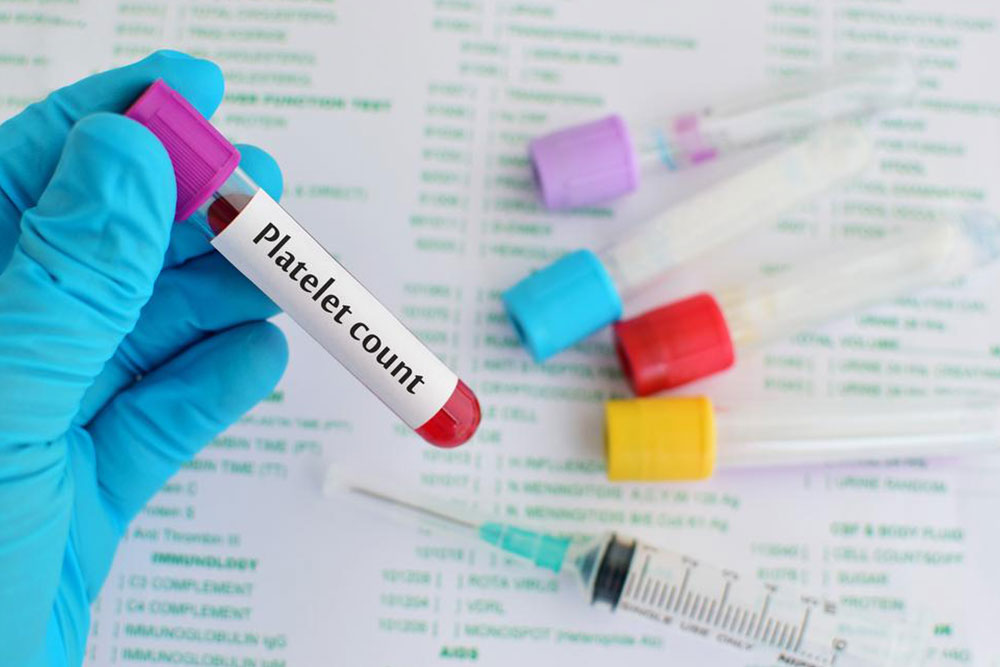Comprehensive Approaches to Managing Thrombocytopenia: Strategies to Restore Healthy Platelet Levels
Learn comprehensive strategies to manage thrombocytopenia, including understanding its causes, diagnosis, treatment options, and lifestyle modifications. This detailed guide helps patients and healthcare providers effectively address low platelet levels to prevent complications and promote better health outcomes.

Thrombocytopenia, commonly referred to as low platelet count, is a hematological condition characterized by a decrease in the number of platelets in the bloodstream. Platelets, also known as thrombocytes, are small cell fragments that play a critical role in blood clotting and maintaining vascular integrity. When platelet levels drop below normal ranges, individuals are at increased risk of bleeding, bruising, and other potentially serious health complications. Understanding the underlying causes, effective management strategies, and preventive measures is vital for patients and healthcare providers alike to ensure optimal health outcomes.
In this comprehensive guide, we will explore the various aspects of thrombocytopenia, including its causes, symptoms, diagnostic procedures, and advanced treatment options. We will also discuss lifestyle modifications and supportive therapies that can help manage low platelet counts effectively, along with the importance of early intervention and multidisciplinary care strategies.
Understanding Thrombocytopenia: Causes and Risk Factors
Thrombocytopenia can be caused by a multitude of factors that interfere with platelet production, accelerate platelet destruction, or result in abnormal platelet distribution. Recognizing these causes is crucial for tailoring appropriate treatment plans. Common causes include:
Infections: Certain viral infections, such as dengue fever, hepatitis C, HIV, and Epstein-Barr virus, can impact platelet counts by directly affecting the bone marrow or triggering immune responses that destroy platelets.
Medications: Some drugs, including chemotherapy agents, antibiotics, and anticonvulsants, may cause thrombocytopenia as a side effect by suppressing bone marrow activity or inducing immune-mediated destruction.
Autoimmune Disorders: Conditions such as immune thrombocytopenic purpura (ITP) involve the immune system mistakenly attacking and destroying platelets, leading to low counts.
Genetic Disorders: Thrombocytopenia can also be inherited, with diseases like Wiskott-Aldrich syndrome and May-Hegglin anomaly affecting platelet production and function.
Medications and Toxins: Exposure to certain toxins or drugs can impair platelet formation or accelerate destruction.
Bone Marrow Disorders: Diseases such as leukemia, aplastic anemia, and myelodysplastic syndromes impair the bone marrow’s ability to produce normal levels of platelets.
Splenomegaly: An enlarged spleen can sequester an increased number of platelets, reducing circulating levels.
Recognizing Symptoms and Diagnosing Thrombocytopenia
Early detection of thrombocytopenia is vital to prevent severe bleeding episodes and complications. Common symptoms include easy bruising, petechiae (small red or purple spots on the skin), prolonged bleeding from cuts, bleeding gums, blood in urine or stools, and heavy menstrual periods. Some individuals may remain asymptomatic, with low platelet counts incidentally identified through routine blood tests.
Diagnosis involves comprehensive blood work, including complete blood count (CBC), peripheral blood smear, and additional specialized tests such as bone marrow biopsy if indicated. Identifying the underlying cause requires further evaluations, including infectious disease screening, autoantibody tests, imaging studies, and genetic testing.
Advanced Treatment Options for Thrombocytopenia
The management of low platelet levels depends significantly on the cause and severity of the condition. Treatment strategies range from simple observation for mild cases to complex interventions for severe thrombocytopenia:
Medical and Pharmacological Interventions
Medication Adjustments: Discontinuing or modifying causative drugs can often normalize platelet counts.
Platelet-Stimulating Drugs: Agents such as eltrombopag and romiplostim are used to promote platelet production, especially in chronic ITP cases.
Immunotherapy: Corticosteroids and intravenous immunoglobulin (IVIG) are effective in modulating immune responses that destroy platelets.
Transfusions: Platelet transfusions provide immediate relief in severe bleeding or critically low counts. They are typically used in emergencies or before surgical procedures.
Surgical Interventions: Splenectomy, the removal of the spleen, may be considered in refractory cases where other treatments fail, as it reduces platelet destruction.
Emerging and Future Therapies
Research into gene therapy, targeted biologics, and novel immunomodulatory treatments holds promise for more effective management of thrombocytopenia in the future. Personalized medicine approaches are increasingly being explored to optimize therapy based on individual patient profiles.
Supportive Care and Lifestyle Modifications
Beyond medical treatments, certain lifestyle adaptations can significantly enhance patient outcomes:
Balanced Diet: Consuming nutrient-rich foods, including leafy greens, vitamin B12, folic acid, and iron, supports bone marrow health and platelet production.
Avoiding Toxins and Medications: Limiting exposure to substances that impair platelet function or production, including alcohol and certain medications, can help maintain stable platelet counts.
Infection Prevention: Practicing good hygiene, avoiding crowded places during outbreaks, and staying up-to-date with vaccinations reduce infection risk, which can exacerbate thrombocytopenia.
Gentle Exercise: Engaging in low-impact activities can improve overall health without increasing bleeding risk. Patients should consult their healthcare provider to tailor activity levels.
Monitoring and Regular Check-Ups: Routine blood tests and follow-up appointments allow early detection of fluctuations in platelet levels and timely intervention.
Importance of Timely Medical Attention and Multidisciplinary Care
Prompt medical evaluation upon noticing symptoms like unexplained bruising, bleeding, or petechiae is crucial. Early diagnosis and treatment can prevent potentially life-threatening hemorrhages and other complications. Managing thrombocytopenia often requires a multidisciplinary approach, involving hematologists, immunologists, infectious disease specialists, and primary care providers working collaboratively to develop individualized treatment plans.
In conclusion, effective management of low platelet levels involves an integrated approach combining accurate diagnosis, targeted medical interventions, supportive lifestyle modifications, and vigilant monitoring. Staying proactive and seeking prompt medical advice are essential steps toward maintaining healthy platelet counts and overall well-being.





